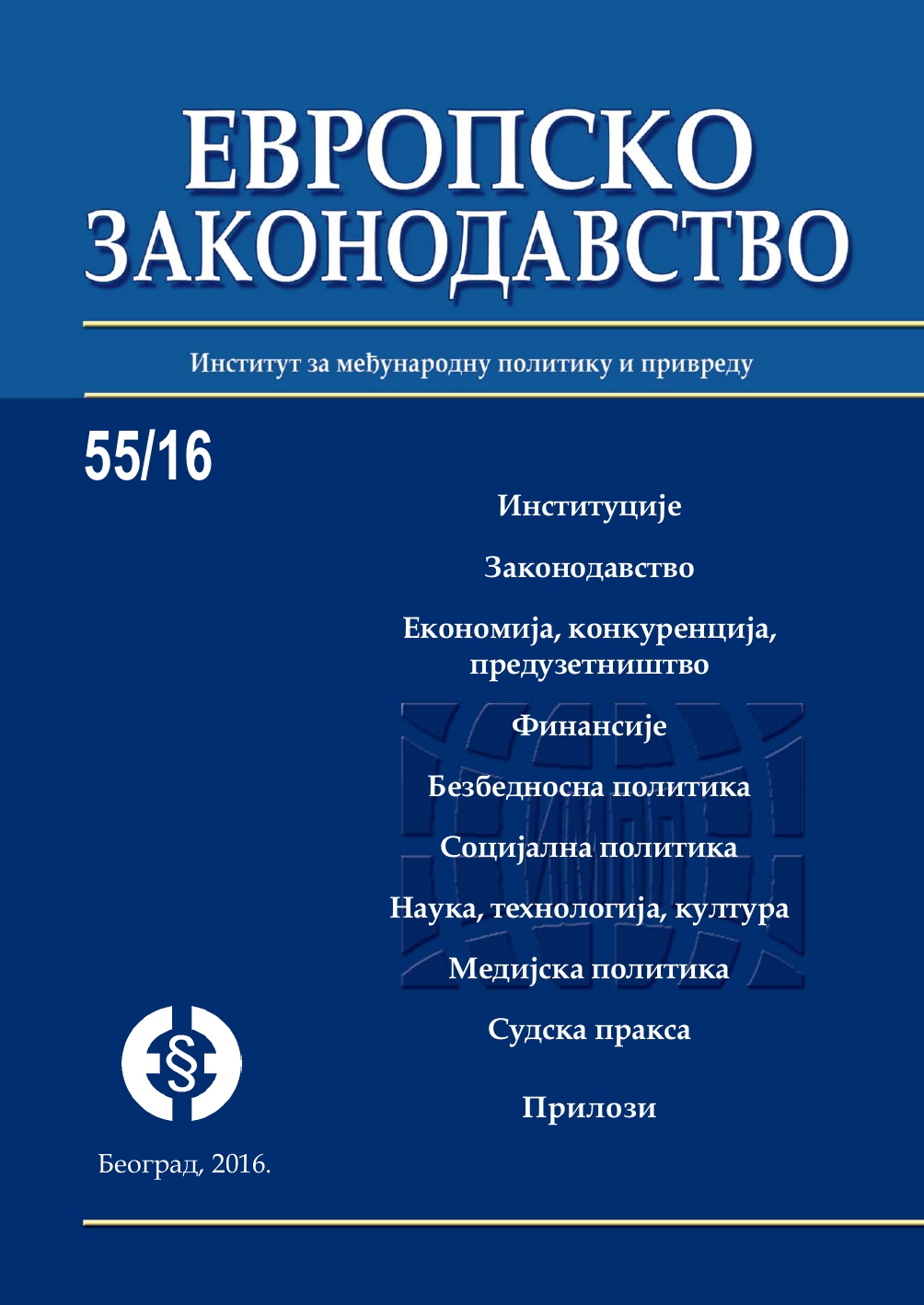Резултати српске фискалне консолидације - осврт на испуњеност правила фискалног пакта ЕУ
Results of Serbian fiscal consolidation - a review of the fulfillment of the rules of the EU fiscal pact
Author(s): Goran NikolićSubject(s): EU-Legislation
Published by: Институт за међународну политику и привреду
Keywords: fiscal consolidation;2015-17;deficit;systemic reform;privatization;public sector;Fiscal Compact
Summary/Abstract: The general government deficit in 2015 was around 4% of GDP, which is considerably less than the planned 5.9% of GDP. Sustainable part of the deficit reduction is mainly a consequence of the improved tax collection and the introduction of excise duty on electricity, while one-third reduction - of temporary and due to unexpectedly large payments of state enterprises and agencies in the budget, and low capital investment. Total revenues of the general government in 2015 will exceed the planned budget amount to 60-65 billion dinars, largely due to the growth of revenues from excise taxes, VAT and wage contributions (as consequence of gray economy reduction).The problem is that at the end of 2015, the effect of most of the urgent measures to stabilize public finances will be exhausted. Therefore, in the coming years, the deficit will have to be reduced primarily through the implementation of systemic reforms, which, for now, do not run according to the plan. So, the key to continued fiscal consolidation in 2016 and 2017 is to achieve improvement of the fiscal balance that will result from the successful reform of public enterprises, resolving the fate of the companies in privatization, partial rationalization of the number of employees in the public sector, and reform of the Tax Administration. Although the improved state of public finances, Serbia is, with an estimated deficit of 4% of GDP in 2016 and public debt of close to 80% of GDP, still far from meeting the requirements of the Fiscal Compact. The Fiscal Compact is a new, stricter version of the Stability and Growth Pact, which defines a balanced budget as a general budget deficit not exceeding 3% GDP, and a debt to GDP ratio which does not exceed 60% of GDP. The fact is that a good part of the EU countries do not meet these strict requirements.
Journal: Европско законодавство
- Issue Year: 2016
- Issue No: 55
- Page Range: 269-283
- Page Count: 15
- Language: Serbian

